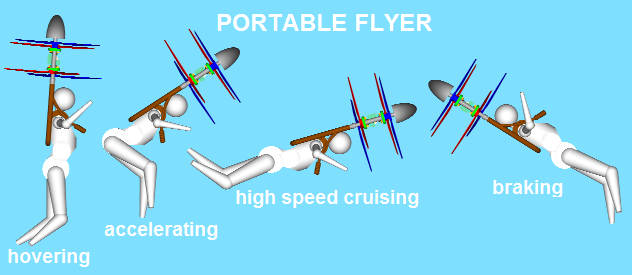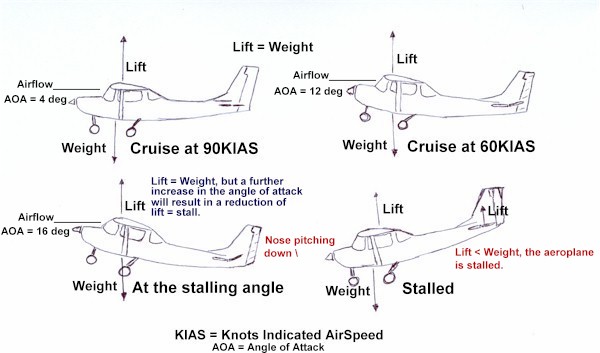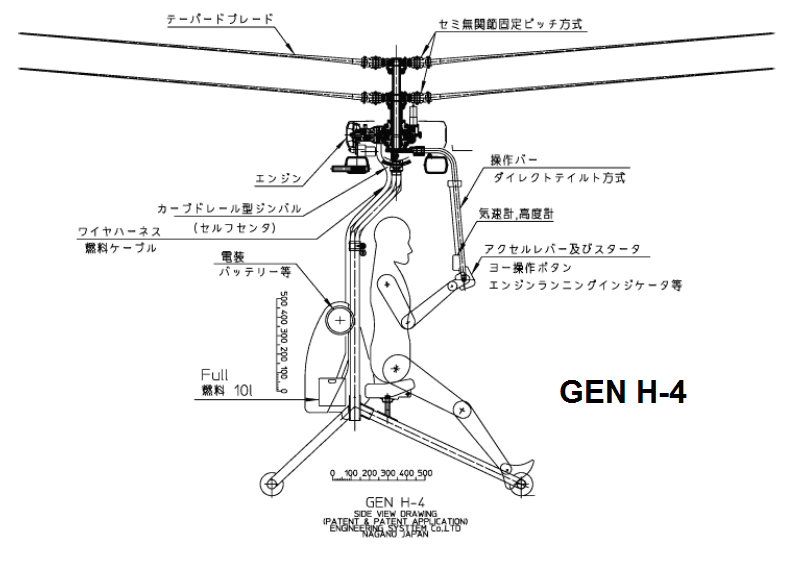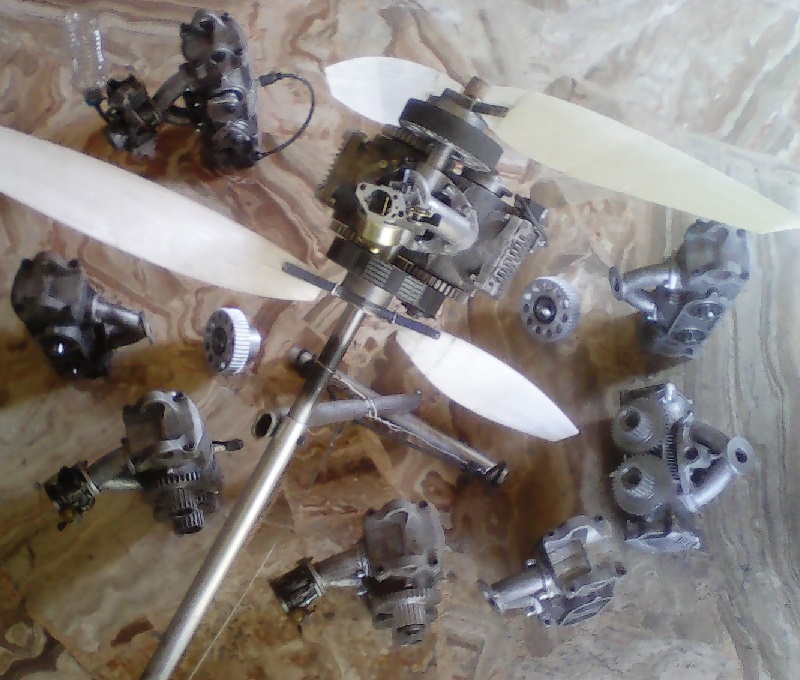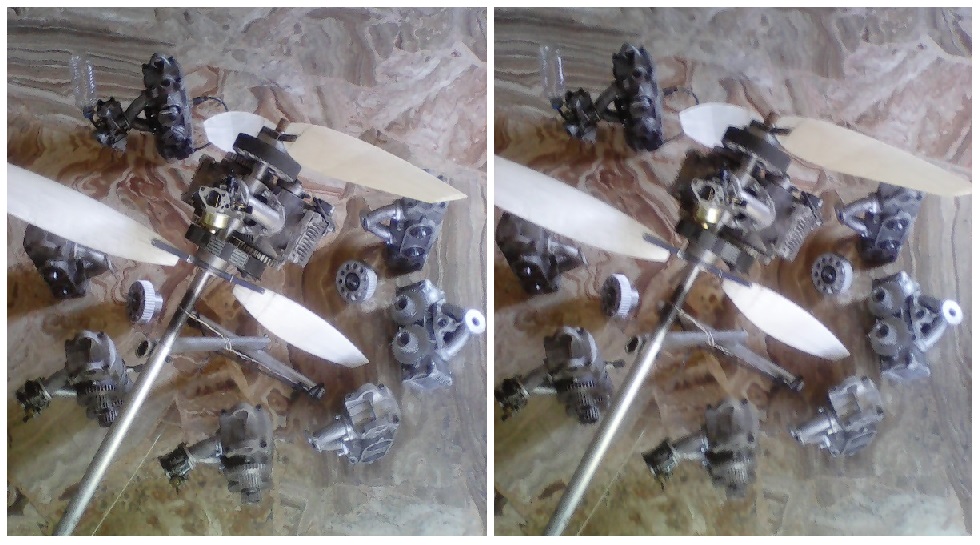manolis wrote: ↑25 Jun 2020, 06:06
"pendulum ....
Isn’t “crystal clear”, by the experiment of Hunt (Cambridge University), that you are not based on the gyroscopic rigidity when you drive a bicycle?
If we cannot agree on simple, “basic physics”, things like this, it is meaningless to talk about “flight control”.
How do we manage to stay up on a bike?
Gyroscopic forces are not important for the stability of a bicycle - as you can see if you read on below - but they help us to control the bike when riding with no hands.
More important than anything is "the trail"
The trail is not zero because the steering axis is tilted and the front fork is bent.
The trail works to stabilize a bike in much the same way as castors work on a tea trolley.[/list]
no-one has said that 'gyro effects' were an issue (in bicycling)
and I have said that the cancellation in the PF design of 'gyro effects' is necessary
the bicycle is rideable because the steering axis tilt and fork bend are matched to each other
so that the bike doesn't rise or fall when the fork is steered
without this match the weight on the wheel would cause the steering to turn (one or the other way)
in principle trail is independent of match ..... but trail without match can make the bicycle .....
want to steer straight on but when forced to bank then turn more and more tightly (terminal instability) .... or ....
wander when meant to run straight but never want to turn more and more tightly (a wrong kind of stability)
EDIT these mismatches the USA now understands and calls high trail and low trail
this was discovered afaik after the first few years of the 'safety' bicycle ... eg and iirc ...
a 71 deg angle is matched by a 2.25" fork 'bend' (usually called rake but better called offset)
a 73 deg angle is matched by a 1.75" fork offset
old-style angles were eg 68 deg - hence their characteristic conspicuously large 'bend'
these days cars and many motorcycles have designed-in a mismatch that suits their (different) purposes
bicycles often have a small mismatch to ease manufacture and inventory ....
and mismatches can be large .....
extra offset relative to angle helps very small or very tall riders get foot clearance - but gives the 'wrong kind' of stability
but insufficient offset relative to angle cuts cost but the 'terminal instability' is dangerous - don't ride hands-off
this is now appearing eg in smaller 'women-specific' machines with shallow angles (because CF forks restrict offset choice)
RETRO-EDIT
a 'castor' vertical steering axis straight fork was used in some (early ?) ordinaries aka penny-farthings aka high-wheelers
giving no effect of weight on steering (when upright/straight ahead) - but no trail
but most ordinaries had slightly inclined steering axes and straight fork - extreme 'high trail' mismatch
tolerable as the weight effect on steering is (relatively) less with these very large wheel diameters
so intolerable and rapidly abandoned by the safety bicycle makers
the ordinaries greater 'gyro' effects might have been somewhat helpful
the 'high trail' weight effect (greatest with small wheels) prevents small-wheeled bikes ever having sufficient trail
again regarding PFs .....
I have never used 'pendulum' arguments
I can't find anywhere that rotor coning contributes stability only in ground effect

